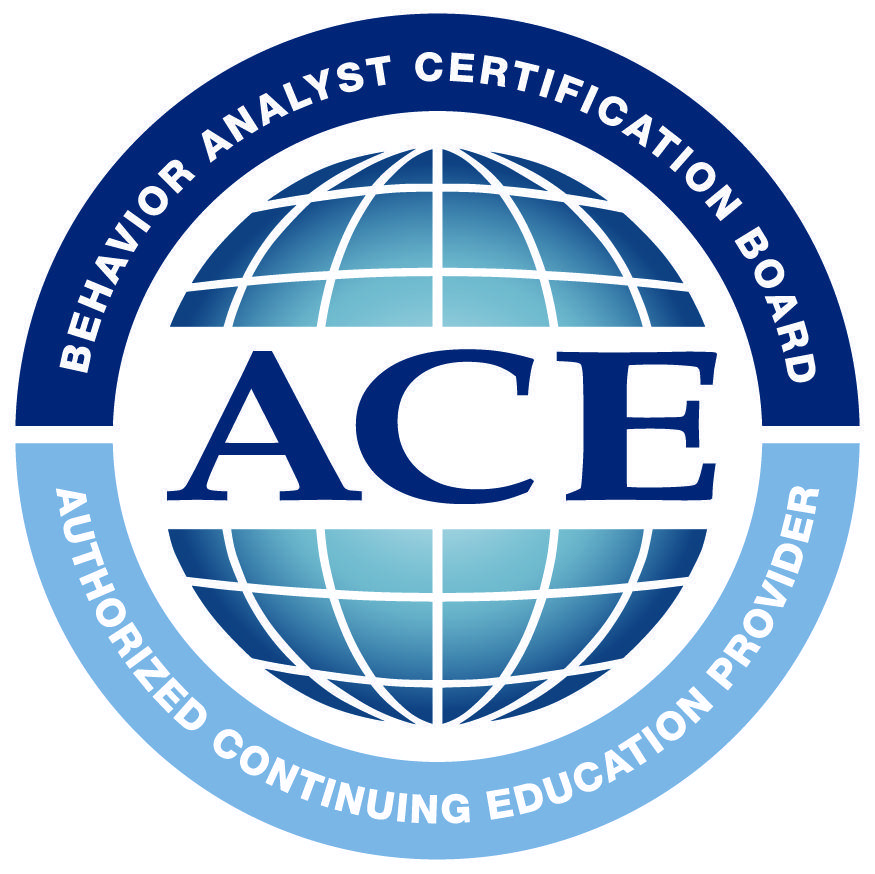It’s tempting to rush through our tasks just to get back to our favorite activities. However, we need to make sure that we are completing our tasks. For some tasks, it will not take long to complete. However, there are other tasks where it becomes a rough hill to climb, but it is doable.
For individuals diagnosed with Autism Spectrum Disorder, tasks can become a mountain to overcome. Although it is a mountain, it’s best to remember this: It is doable to climb it, just use the right tools to do it.
The following below are tips that can assist to complete the most demanding tasks:
A reinforcer is something that increases the likelihood that a specific behavior or response will occur. It can be anything from an item, an edible, someone’s attention, or a fun activity. A way to establish a reinforcer is by conducting a preference assessment. According to @Dr. Jennifer Ledford, an Assistant Professor in the Department of Special Education at Vanderbilt University, “Preference assessments are observations or trial-based evaluations that allow practitioners to determine a preference hierarchy. A preference hierarchy indicates which items are highly-preferred items, moderately-preferred items, and low-preferred items.” There are five types of formal preference assessments, but for the sake of this post, we will present how to conduct an informal assessment, providing choices.
Providing choices is a type of informal assessment that can be conducted by presenting 2 or 3 fun items for the learner to choose from before giving a demand. Please note that:
Once the learner has chosen their reinforcer, then we must present the demand, and it is important to note how we say it.
The best way to present a demand is by using the Premack Principle known as the First and Then Rule. This golden rule will always follow this: First, we do something non-preferred (task), then we do something preferred (reinforcer). If possible, present the First and Then instruction only once and then use gesture prompts to point to where and what the learner needs to do to complete the task and reach their goal.
Ready to start the RBT or ABAT Course? Click here to get started.
Let us know if there is a topic you would like covered in a blog or if there is an aspect of ABA learning you would like in a course!

ABA Courses is an Authorized Continuing Education Provider
© 2019 All Rights Reserved. ABA Courses | Terms and Conditions | Privacy Policy